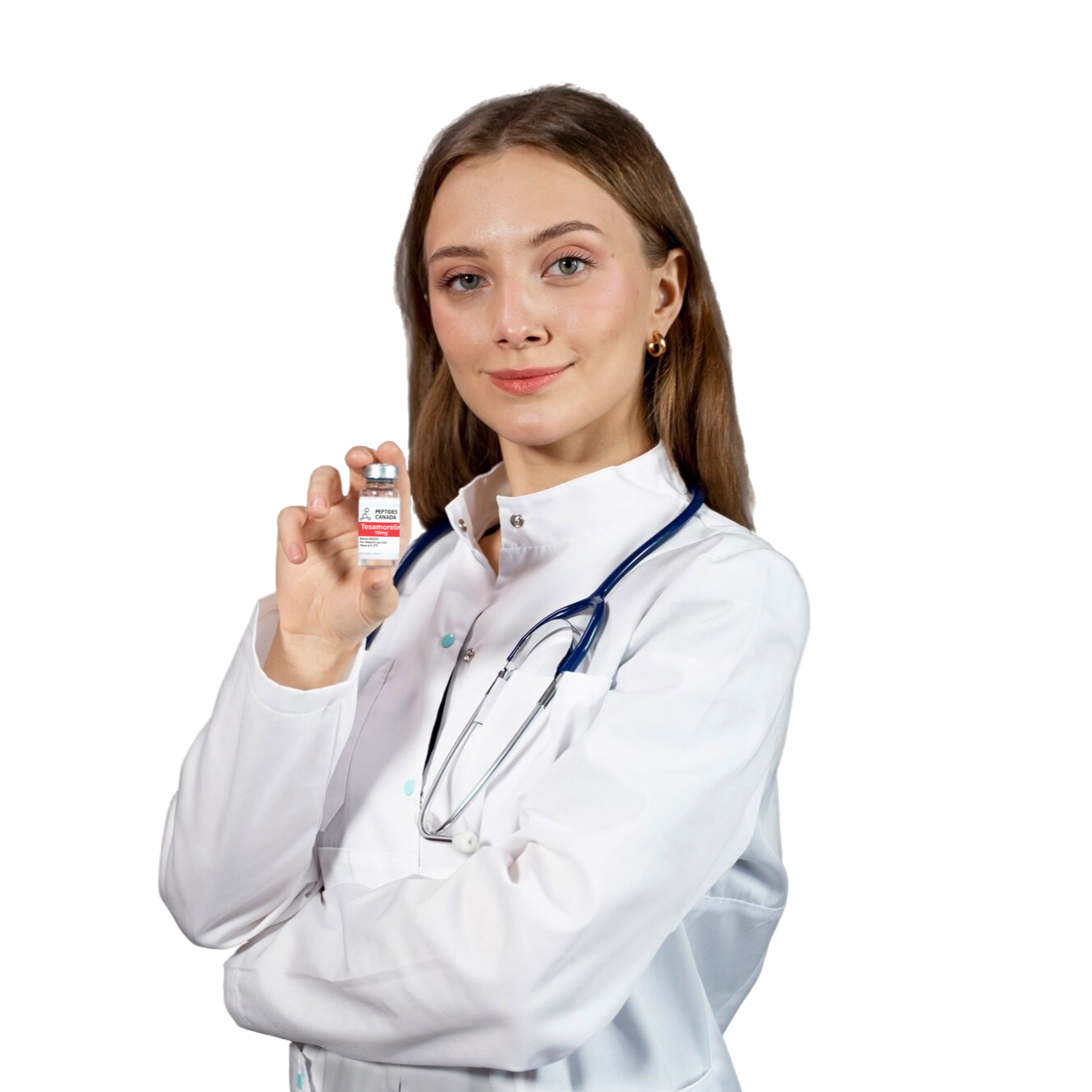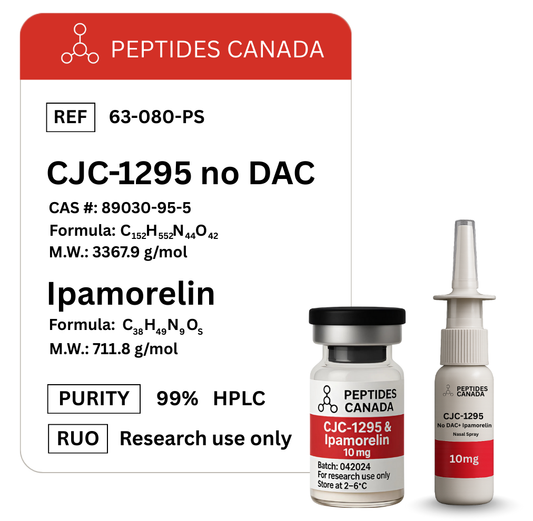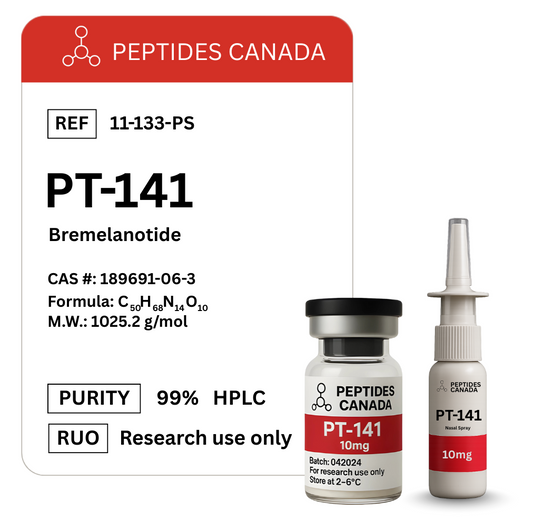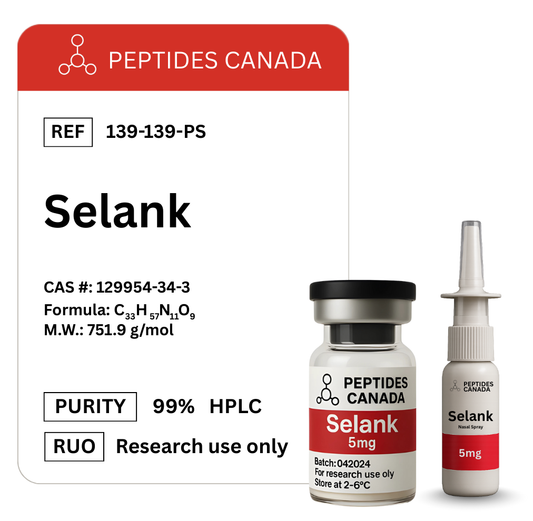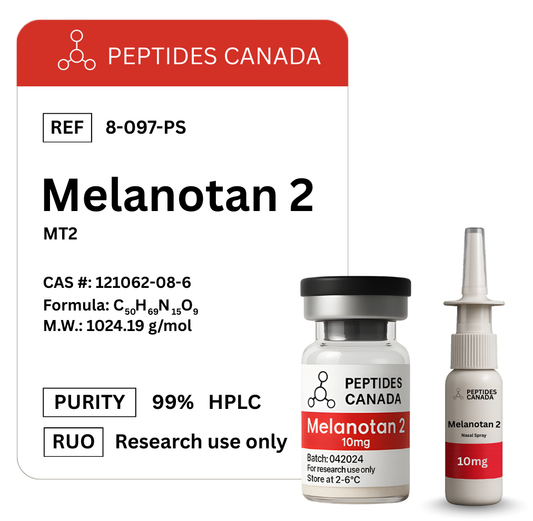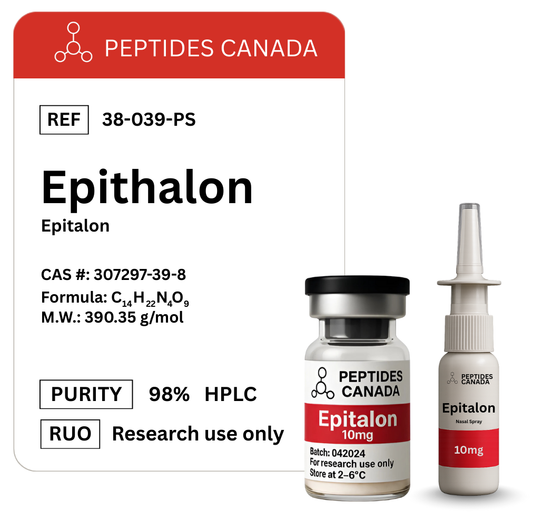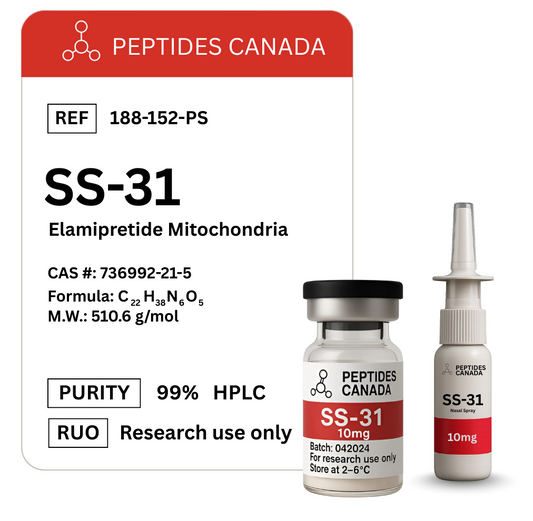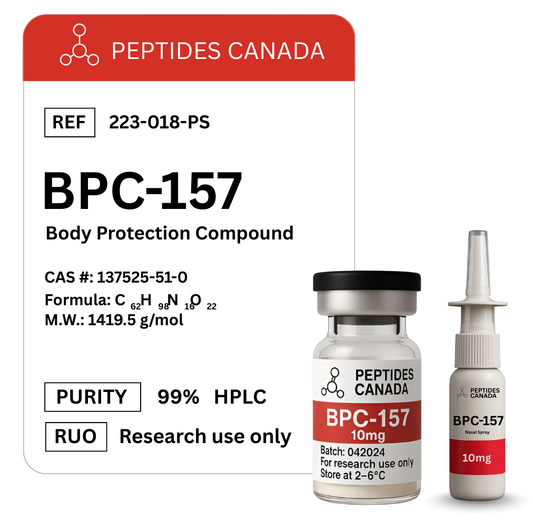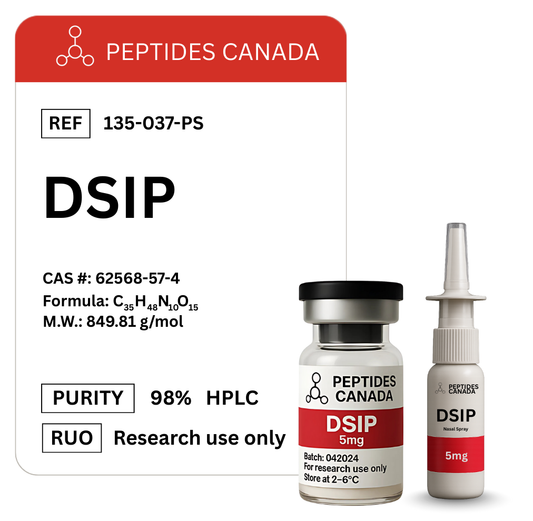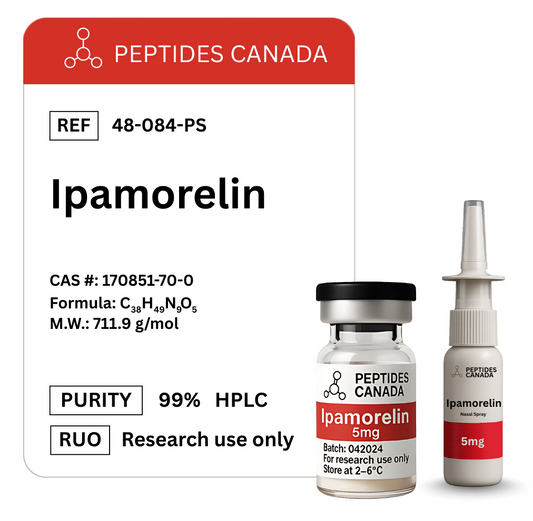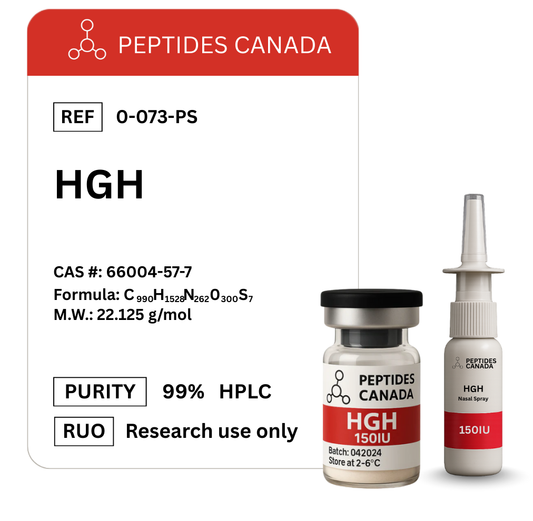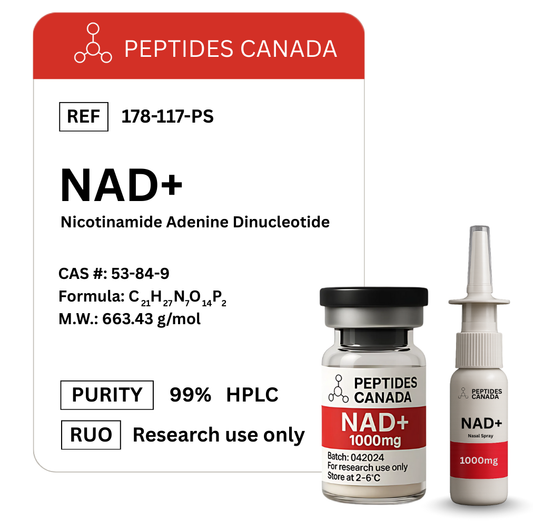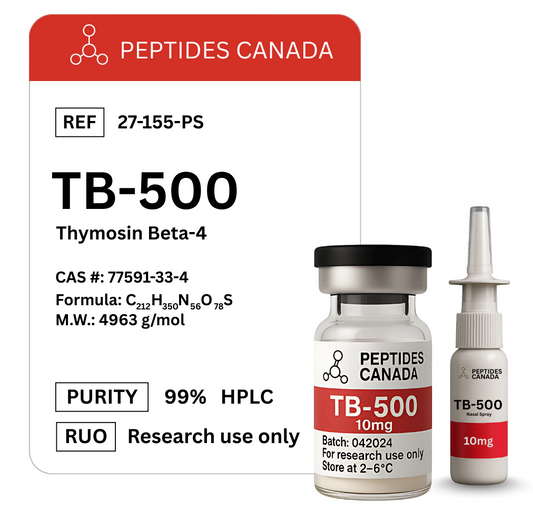Alprostadil
Alprostadil, also known as prostaglandin E₁ (PGE₁), is a naturally occurring prostanoid derived from arachidonic acid. It is a potent vasodilatory compound that acts through the prostaglandin E receptor (EP) subtypes, primarily EP₂ and EP₄, leading to smooth muscle relaxation and increased intracellular cyclic adenosine monophosphate (cAMP) levels. In biochemical research, Alprostadil serves as a well-characterized reference compound for studying vascular tone regulation, platelet aggregation, and cellular signaling cascades involving cAMP pathways.
Alprostadil is structurally defined as (11α,13E,15S)-11,15-dihydroxy-9-oxoprost-13-enoic acid, a 20-carbon lipid mediator with a cyclopentane ring core. Its configuration confers high receptor specificity and a short biological half-life, making it suitable for kinetic and mechanistic studies on prostanoid receptor signaling and second-messenger dynamics.
Overview
Alprostadil has been widely utilized in experimental models to examine endothelium-dependent vasodilation and microcirculatory flow. Through activation of EP receptors, it triggers adenylate cyclase, which catalyzes the conversion of ATP into cAMP. The elevated cAMP concentration subsequently activates protein kinase A (PKA), resulting in phosphorylation of myosin light-chain kinase and subsequent smooth muscle relaxation. This mechanism has been applied in research investigating vascular disorders, tissue perfusion, and ischemia-related cellular metabolism.
In platelet physiology, Alprostadil inhibits aggregation by blocking thromboxane A₂-mediated signaling, providing a reliable model for assessing anti-thrombotic and endothelial protection pathways. In cellular studies, it has been shown to modulate calcium influx, mitochondrial respiration, and inflammatory mediator expression, allowing it to serve as a pharmacological probe in cardiovascular and inflammation research.
Chemical Makeup
- Molecular Formula: C₂₀H₃₄O₅
- Molecular Weight: 354.48 g/mol
- Other Known Titles: Prostaglandin E₁; (11α,13E,15S)-11,15-dihydroxy-9-oxoprost-13-enoic acid
Analytical characterization confirms the expected mass of 354.48 Da, consistent with the theoretical molecular weight for Alprostadil. Research-grade preparations are typically verified by HPLC purity testing to ≥ 98 % and validated through LC-MS for molecular identity, ensuring suitability for receptor-binding, biochemical, and mechanistic assay applications.
Research and Experimental Studies
Alprostadil and Vascular Dynamics
Experimental studies have demonstrated that Alprostadil induces concentration-dependent vasodilation in arterial and microvascular models. By elevating cAMP and activating PKA, Alprostadil reduces intracellular calcium, leading to vascular smooth muscle relaxation. Its effect has been used to elucidate EP receptor sub-type contributions to endothelial signaling.
Alprostadil and Platelet Aggregation
In in-vitro platelet aggregation assays, Alprostadil has been shown to inhibit ADP- and collagen-induced aggregation through cAMP-dependent mechanisms. This makes it a standard reference agent for studies exploring cyclic nucleotide modulation in thrombosis and platelet biochemistry.
Alprostadil and Tissue Protection Models
Alprostadil has been evaluated in cellular and organ models of ischemia and reperfusion. Experimental data suggest it can attenuate oxidative stress, reduce intracellular calcium overload, and modulate mitochondrial permeability transition, thereby supporting its use as a research tool for cytoprotective and anti-inflammatory pathway investigation.
Alprostadil and Receptor Signaling Pathways
Research utilizing radioligand binding and gene expression analysis indicates that Alprostadil selectively interacts with EP₂ and EP₄ receptors, leading to downstream activation of adenylate cyclase and PKA pathways. This receptor selectivity provides a platform for mapping EP receptor signaling and for assessing the pharmacological actions of novel prostanoid analogs.
Alprostadil is supplied for research and laboratory use only. Not for human or veterinary application.
References
- Coleman RA, Kennedy I, Humphrey PP, Bunce K, Lumley P. Prostanoids and their receptors. Pharmacol Rev. 1994;46(2):205-229. https://pubmed.ncbi.nlm.nih.gov/7938168/
- Narumiya S, Sugimoto Y, Ushikubi F. Prostanoid receptors: structures, properties, and functions. Physiol Rev. 1999;79(4):1193-1226. https://pubmed.ncbi.nlm.nih.gov/10508233/
- Regan JW. EP receptor subtypes and signaling. Annu Rev Physiol. 2003;65:357-384. https://pubmed.ncbi.nlm.nih.gov/12471165/
- Moncada S, Vane JR. Prostacyclin and prostaglandin E in vascular control. Pharmacol Rev. 1979;30(3):293-331. https://pubmed.ncbi.nlm.nih.gov/37109/
- Watanabe K, et al. Biosynthesis and metabolism of prostaglandins. Prog Lipid Res. 1999;38(3):249-276. https://pubmed.ncbi.nlm.nih.gov/10523396/
- Seegers JC, Lotter MG, et al. The inhibitory effects of prostaglandin E₁ on human platelet aggregation. Thromb Res. 1978;12(6):987-995. https://pubmed.ncbi.nlm.nih.gov/356104/
- Miyamoto T, et al. Cyclic AMP signaling by prostaglandin E₁ in vascular smooth muscle. J Biol Chem. 1993;268(26):19840-19846. https://pubmed.ncbi.nlm.nih.gov/8396041/
- Kobayashi T, et al. EP₂ and EP₄ receptors mediate relaxation of vascular smooth muscle by PGE₁. Am J Physiol. 2004;287(5):H1896-H1903. https://pubmed.ncbi.nlm.nih.gov/15231505/
- Zhang YH, et al. Alprostadil attenuates ischemia/reperfusion-induced injury via cAMP/PKA pathway. Biochem Pharmacol. 2012;84(6):751-760. https://pubmed.ncbi.nlm.nih.gov/22813991/
- Xu Z, et al. Protective effect of prostaglandin E₁ on endothelial cells under hypoxic conditions. J Cardiovasc Pharmacol. 2011;58(4):385-392. https://pubmed.ncbi.nlm.nih.gov/21747204/
- Kanda T, et al. Alprostadil as a cAMP-dependent modulator in ischemic models. Cardiovasc Drug Rev. 2003;21(2):115-126. https://pubmed.ncbi.nlm.nih.gov/12956792/
- Sugimoto Y, Narumiya S. Prostaglandin E receptors. J Biol Chem. 2007;282(16):11613-11617. https://pubmed.ncbi.nlm.nih.gov/17329241/
- Chen Y, et al. Alprostadil protects mitochondria from oxidative stress via EP₄-PKA signaling. Free Radic Biol Med. 2018;121:202-211. https://pubmed.ncbi.nlm.nih.gov/29229565/
- ClinicalTrials.gov. Study of prostaglandin E₁ analogs in microcirculation. https://clinicaltrials.gov/ct2/show/NCT01981310
- National Center for Biotechnology Information. PubChem Compound Summary for CID 5280723, Alprostadil. https://pubchem.ncbi.nlm.nih.gov/compound/Alprostadil
For Research Use Only. Not for human or veterinary use.







